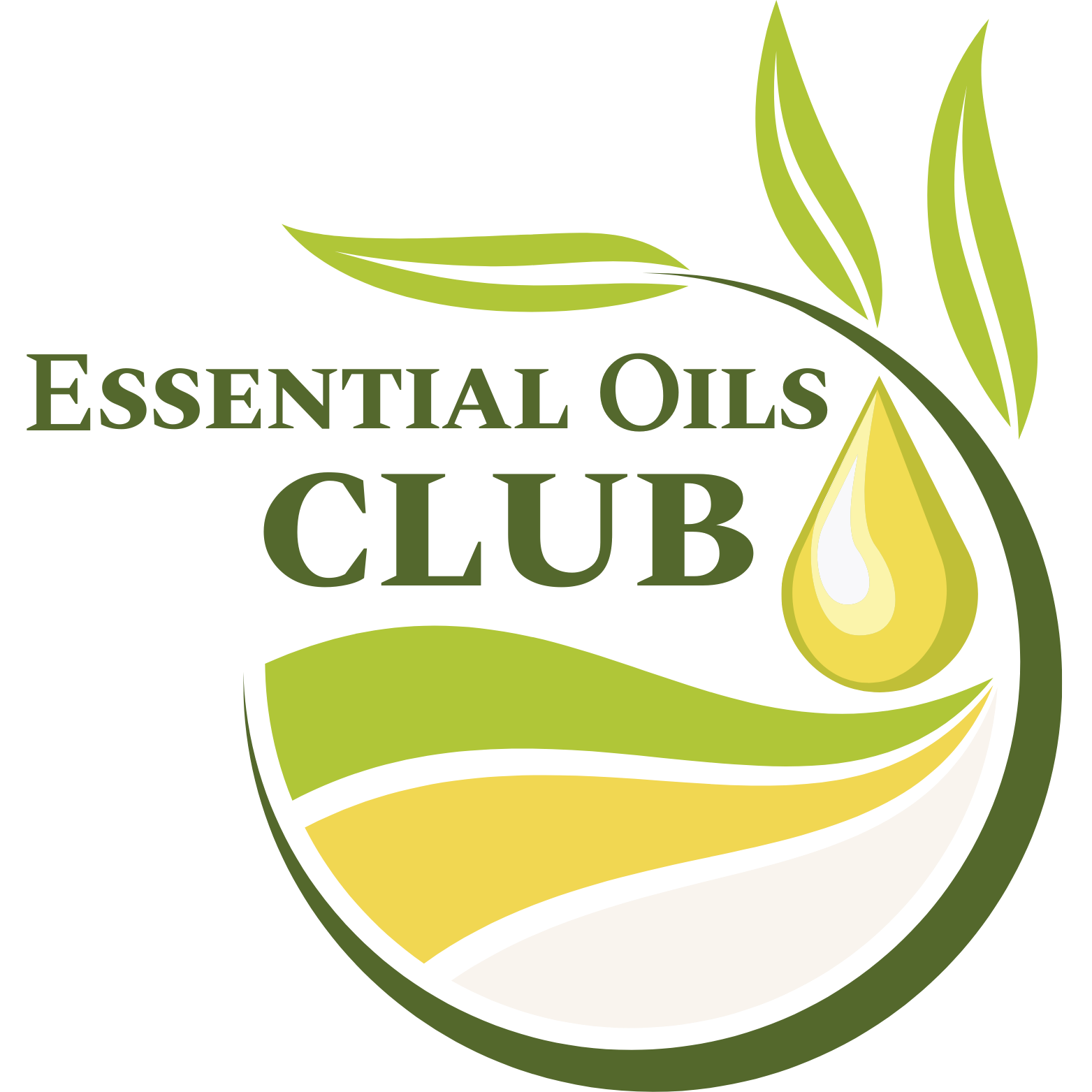No products in the cart.
Lemon Vitality Essential Oil
Originally native to Asia, the lemon tree, scientifically known as Citrus limon, was not a common sight in Europe until the 16th century. A member of the evergreen family, lemon trees boast vibrant green leaves and reach a height of about 20 feet. Beyond their aesthetic appeal, lemon trees have gifted us with an incredible natural treasure: Lemon Vitality essential oil. This oil is renowned for its fresh, citrusy flavor, which can be used to elevate the taste of various culinary creations. But Lemon Vitality offers more than just its delightful taste; it also provides potential immune support and antioxidant properties when consumed internally.* It’s important to note that Lemon Vitality and Lemon essential oil are essentially one and the same.
A Historical Journey: Lemon’s Arrival in Europe
The lemon tree’s journey to Europe is a captivating story that mirrors the broader historical context of the spice trade and global exploration. Native to regions in Southeast Asia, India, and China, lemons were cultivated and treasured for their distinctive tartness and aromatic qualities.
It wasn’t until the 16th century that the lemon tree made its way to Europe. The introduction of lemons to the Mediterranean region is often credited to the Arabs, who were instrumental in the transfer of various plants and agricultural knowledge between East and West during the Middle Ages. The Moors, in particular, played a significant role in cultivating lemon trees in regions like southern Spain.
Lemons gradually became a prominent fixture in European cuisine, adding their distinctive zing to a variety of dishes and beverages. Their tart juice and aromatic peel were prized for their flavor-enhancing qualities. The lemon tree itself, with its glossy green leaves and fragrant blossoms, also became a symbol of prosperity and beauty.
The Birth of Lemon Vitality Essential Oil
Fast forward to the modern era, where the essence of lemons is captured in a tiny bottle known as Lemon Vitality essential oil. This remarkable oil is derived from the peel of fresh lemons through a careful process of cold pressing. Cold pressing involves mechanically extracting the essential oil from the lemon peel without the use of heat, preserving the oil’s natural properties and fragrance.
One of the key attributes of Lemon Vitality essential oil is its fresh, citrusy flavor. Just a drop or two of this oil can instantly transform a bland recipe into a burst of lemony goodness. Whether it’s enhancing a glass of water, adding depth to a salad dressing, or infusing a baked treat with a tangy twist, Lemon Vitality is a versatile culinary companion that can elevate the taste of a wide range of dishes and beverages.
Lemon Vitality: Beyond Flavor
While Lemon Vitality is celebrated for its flavor-enhancing capabilities, it also offers potential health benefits when used as a dietary supplement.* Its reputation as an immune-supporting and antioxidant-rich oil makes it a valuable addition to wellness routines.
It’s important to note that when using Lemon Vitality for its potential health benefits, it should be diluted and used according to the guidance provided by the manufacturer. As with all essential oils, it’s essential to exercise caution and moderation when incorporating them into your wellness routine.
Lemon Vitality vs. Lemon Essential Oil: A Clarification
It’s worth emphasizing that Lemon Vitality and Lemon essential oil are essentially the same product. The only difference lies in their labeling. Lemon Vitality is labeled for dietary use, meaning it’s specifically intended for culinary and dietary applications. On the other hand, Lemon essential oil, which has the same formulation, is labeled for topical and aromatic use.
The choice between Lemon Vitality and Lemon essential oil comes down to your intended use. If you plan to use the oil in recipes or as a dietary supplement, Lemon Vitality is the appropriate choice. If you’re primarily interested in using it for its aromatic or topical benefits, then Lemon essential oil is the suitable option. In essence, they share the same composition but come in different bottles tailored to their respective uses.

